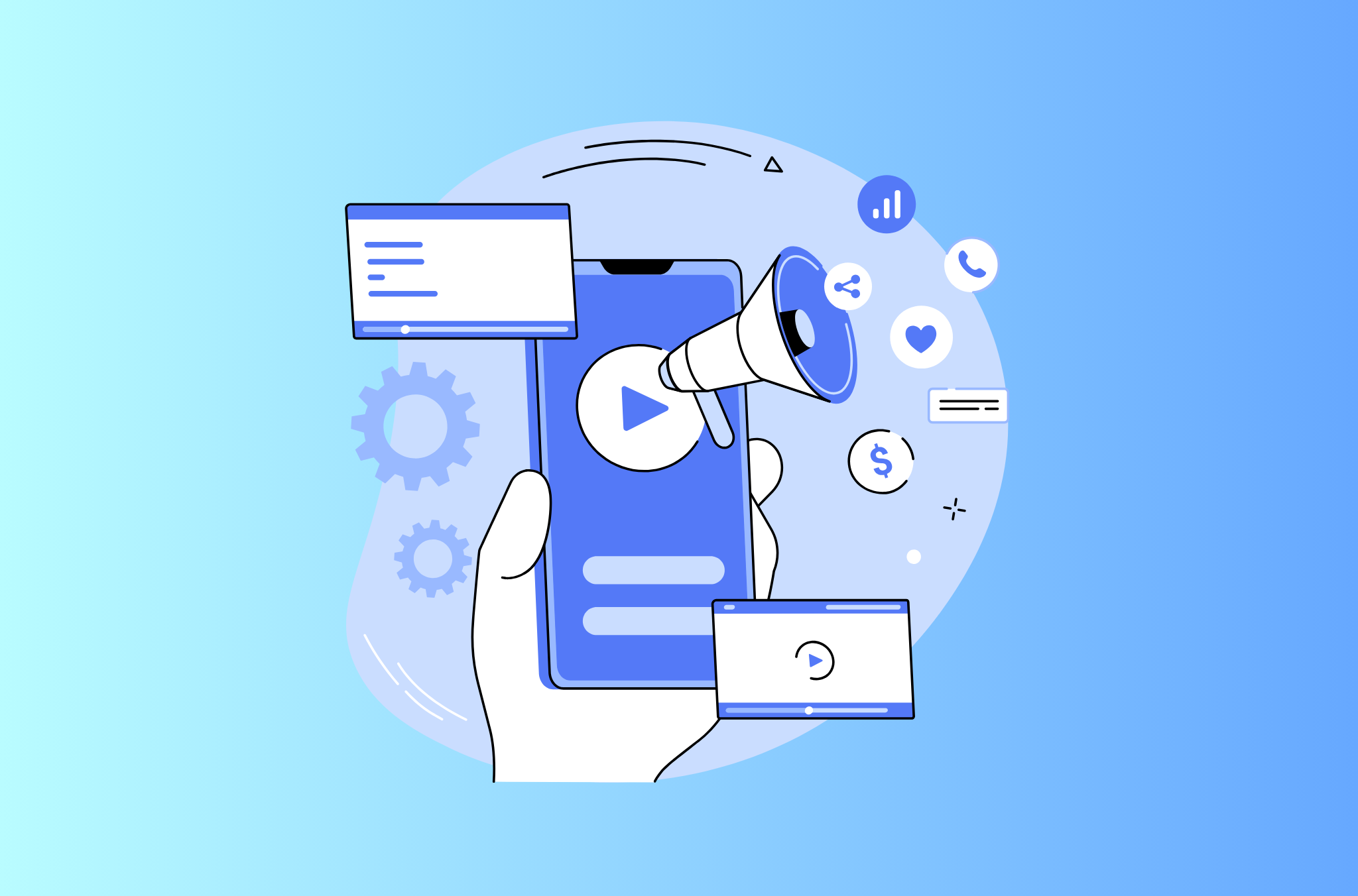Key Points
- Targeted Messaging Saves Lives: Addiction treatment ads must use empathetic, precise language to connect with individuals seeking help, avoiding stigma while inspiring action.
- Digital Platforms Dominate Reach: Google Ads and social media platforms like Facebook offer unparalleled targeting for addiction treatment ads, reaching specific demographics effectively.
- Compliance is Non-Negotiable: Strict regulations, like Google’s addiction treatment ad policies, ensure ethical marketing, protecting vulnerable audiences from misleading claims.
- Visuals Drive Emotional Connection: Compelling imagery and videos in ads evoke hope and trust, significantly boosting engagement and conversion rates.
- Data-Driven Ads Maximize Impact: Analytics tools track ad performance, allowing treatment centers to optimize campaigns for better reach and cost-efficiency.
Introduction
Addiction treatment ads play a vital role in connecting individuals struggling with substance abuse to life-changing recovery programs. These advertisements, when crafted thoughtfully, can inspire hope, reduce stigma, and guide people toward professional help. Digital marketing, especially for drug and alcohol treatment centers, has become a powerful tool to reach those in need. This article explores the strategies, challenges, and best practices for creating effective addiction treatment ads that resonate with audiences and comply with regulations.
Understanding the Audience
Effective addiction treatment ads begin with a deep understanding of the target audience. People seeking treatment often feel overwhelmed, ashamed, or hopeless. Ads must address these emotions with empathy and clarity. Messages should focus on hope, recovery, and the possibility of a better life. For example, highlighting success stories can inspire confidence in treatment programs.
Families and loved ones also form a key audience segment. They often search for solutions on behalf of someone struggling with addiction. Ads targeting this group should emphasize support, accessibility, and professional care. Understanding these distinct needs ensures ads resonate emotionally and drive action.
Choosing the Right Platforms
Digital platforms are essential for addiction treatment ads due to their reach and targeting capabilities. Google Ads is a top choice, allowing treatment centers to target specific keywords like “drug rehab near me.” This ensures ads appear when individuals actively seek help. Social media platforms, such as Facebook and Instagram, offer advanced demographic targeting. These platforms allow ads to reach specific age groups, locations, or even interests related to recovery.
YouTube is another powerful platform for addiction treatment ads. Video ads can convey emotional stories, showcasing real testimonials or facility tours. These platforms provide tools to maximize visibility while staying within budget constraints.
Crafting Compelling Ad Content
The content of addiction treatment ads must be clear, empathetic, and actionable. Headlines should grab attention without sensationalizing addiction. Phrases like “Start Your Recovery Today” or “Find Hope in Healing” are direct and inspiring. Avoid jargon or overly clinical terms that may alienate readers.
Visuals play a critical role in ad effectiveness. Images of serene treatment facilities or smiling staff can evoke trust and comfort. Videos, when possible, should showcase real stories of recovery, as they create a stronger emotional connection. A clear call-to-action, such as “Call Now for Help” or “Learn About Our Programs,” guides users to take the next step.
Navigating Regulatory Requirements
Addiction treatment ads face strict regulations to protect vulnerable audiences. Google, for instance, requires certification for advertisers promoting rehab services. This ensures ads come from legitimate, accredited treatment centers. Ads must avoid misleading claims, such as guaranteed cures or unrealistic promises. Compliance with federal and state laws, like those from the FDA or SAMHSA, is also critical.
Ethical marketing is not just a legal requirement but a moral one. Ads should never exploit fear or shame to drive clicks. Instead, they should focus on empowerment and support. Staying compliant builds trust and ensures ads reach their intended audience without restrictions.
Leveraging Data and Analytics
Data-driven marketing enhances the effectiveness of addiction treatment ads. Tools like Google Analytics track ad performance, showing which campaigns drive clicks, calls, or website visits. This data helps treatment centers refine their messaging and targeting. For example, if an ad targeting young adults performs poorly, marketers can adjust keywords or visuals to better resonate.
A/B testing is another powerful strategy. By testing two versions of an ad with different headlines or images, marketers can identify what works best. Continuous optimization based on data ensures ads remain relevant and cost-effective.
Overcoming Common Challenges
Creating addiction treatment ads comes with unique challenges. Stigma around addiction can make individuals hesitant to engage with ads. Marketers must craft messages that normalize seeking help without judgment. Budget constraints also pose a challenge, as treatment centers often operate with limited marketing funds. Digital platforms help by offering cost-effective targeting options.
Another challenge is standing out in a crowded market. With many treatment centers vying for attention, ads must be unique and authentic. Highlighting specific programs, like holistic therapies or family support, can differentiate a center from competitors.
The Role of SEO in Addiction Treatment Ads
Search engine optimization (SEO) complements paid addiction treatment ads. By optimizing a treatment center’s website for keywords like “alcohol rehab” or “drug detox,” organic traffic can supplement paid campaigns. Blog posts, for instance, can address common questions about addiction, building trust and authority.
SEO also improves ad quality scores on platforms like Google Ads. A well-optimized landing page with relevant content increases ad relevance, lowering costs per click. Combining SEO with paid ads creates a comprehensive strategy that maximizes visibility.
The Power of Retargeting
Retargeting is a game-changer for addiction treatment ads. Many individuals visit a treatment center’s website but leave without taking action. Retargeting ads follow these users across the web, reminding them of the services offered. For example, a user who views a detox program page might see an ad later highlighting that program’s benefits.
Retargeting keeps treatment centers top-of-mind, increasing the likelihood of conversions. It’s particularly effective for individuals who need time to decide on seeking help. Setting up retargeting campaigns on platforms like Google Ads or Facebook is straightforward and cost-efficient.
Building Trust Through Transparency
Trust is paramount in addiction treatment ads. Potential clients are often skeptical, fearing exploitation or ineffective care. Ads should highlight accreditations, such as those from CARF or The Joint Commission, to signal credibility. Testimonials from former clients, when permitted, add authenticity.
Transparency about costs, treatment processes, and what to expect also builds trust. Ads that clearly state “Insurance Accepted” or “Confidential Consultations” reassure hesitant individuals. Being upfront about services fosters confidence and encourages engagement.
Measuring Success
Success in addiction treatment ads goes beyond clicks or impressions. Key performance indicators (KPIs) include calls to the treatment center, form submissions, or scheduled consultations. Tracking these metrics shows how ads translate into real-world impact. For instance, a high click-through rate is meaningless if it doesn’t lead to inquiries.
Regularly reviewing KPIs allows marketers to adjust strategies. If a campaign generates many clicks but few calls, the landing page or call-to-action may need tweaking. Success means not just reaching people but helping them take the first step toward recovery.
FAQs
1. Why are addiction treatment ads heavily regulated?
Regulations ensure ads come from legitimate providers and avoid misleading claims, protecting vulnerable individuals seeking help.
2. What platforms work best for addiction treatment ads?
Google Ads, Facebook, and YouTube are top choices due to their targeting capabilities and wide reach.
3. How can visuals improve addiction treatment ads?
Compelling images and videos evoke hope, build trust, and create emotional connections, increasing engagement rates.
4. What role does SEO play in addiction treatment ads?
SEO boosts organic traffic and improves ad quality scores, lowering costs and increasing visibility for treatment centers.
5. How does retargeting help in addiction treatment marketing?
Retargeting re-engages website visitors who didn’t act, keeping services top-of-mind and increasing conversion chances.
Conclusion
Addiction treatment ads are more than marketing tools—they are lifelines for those battling substance abuse. By understanding the audience, choosing the right platforms, and crafting empathetic content, treatment centers can make a meaningful impact. Navigating regulations, leveraging data, and building trust are critical to success. With thoughtful strategies, addiction treatment ads can guide individuals and families toward recovery, offering hope in their darkest moments. Digital marketing, when done right, transforms lives by connecting people with the help they desperately need.
Sources
Substance Abuse and Mental Health Services Administration – https://www.samhsa.gov
Federal Trade Commission – https://www.ftc.gov
Health Insurance Portability and Accountability Act Resources – https://www.hhs.gov/hipaa
National Association of Addiction Treatment Providers – https://www.naatp.org
Google Ads Help Center – https://support.google.com/google-ads
LegitScript – https://www.legitscript.com





